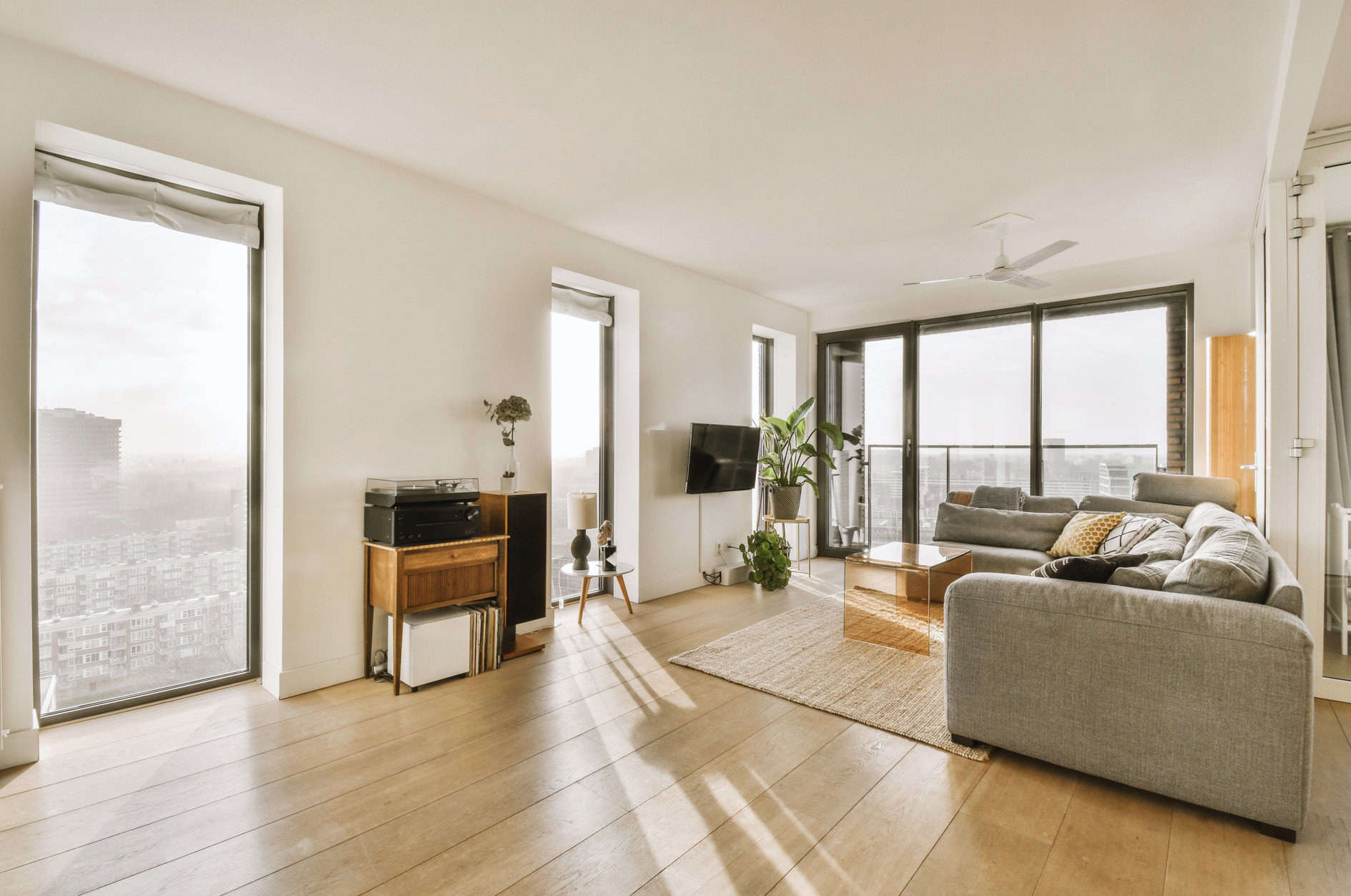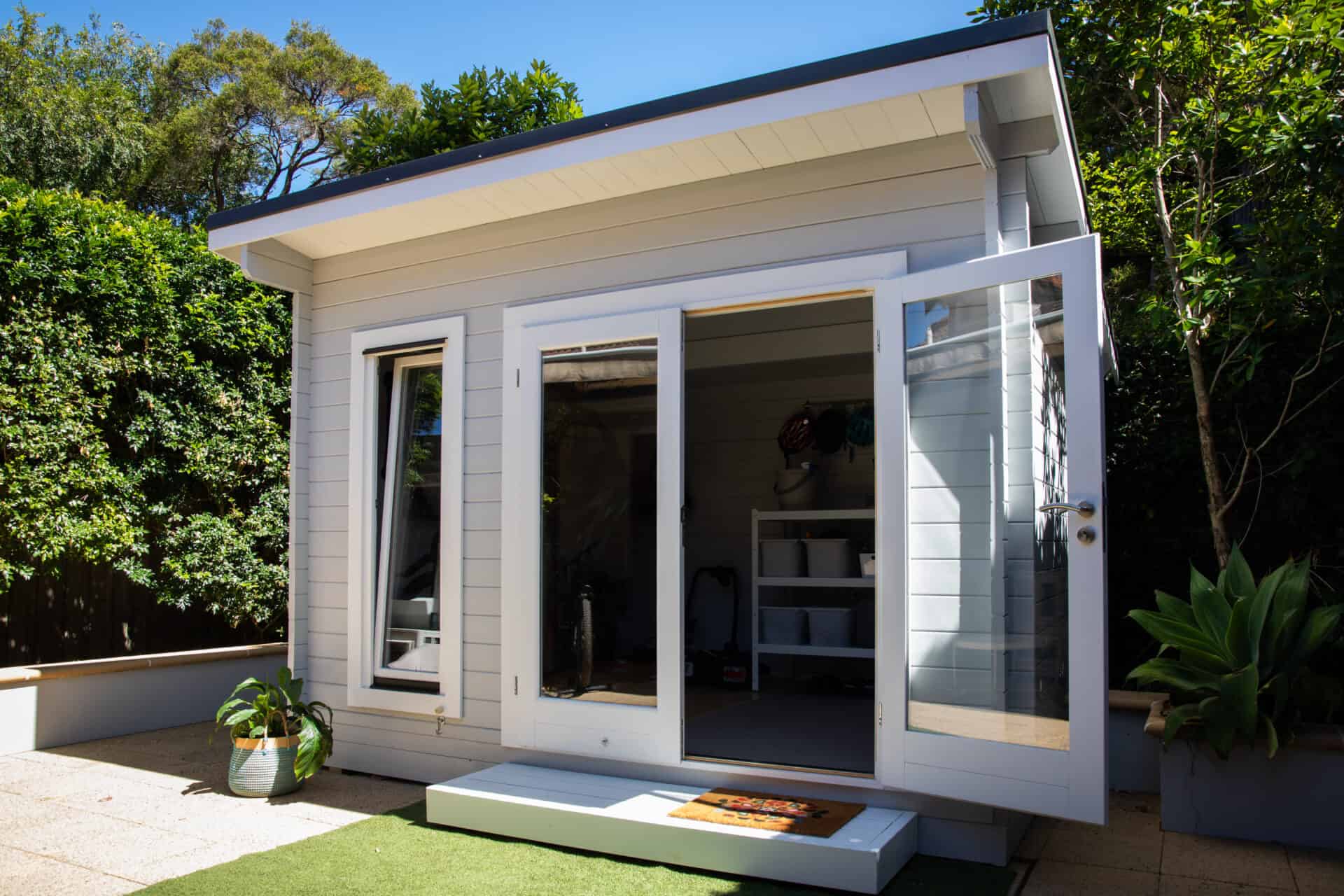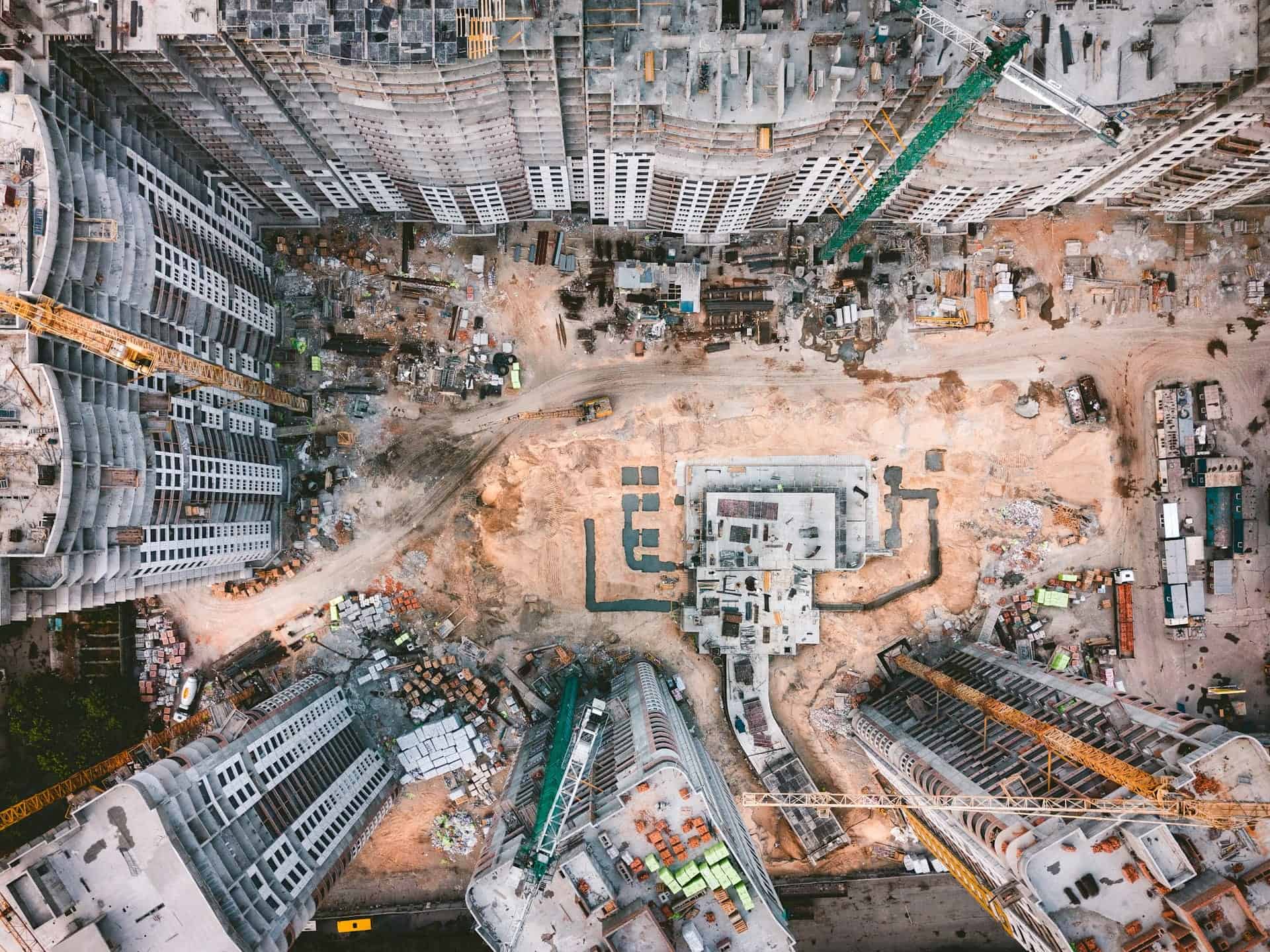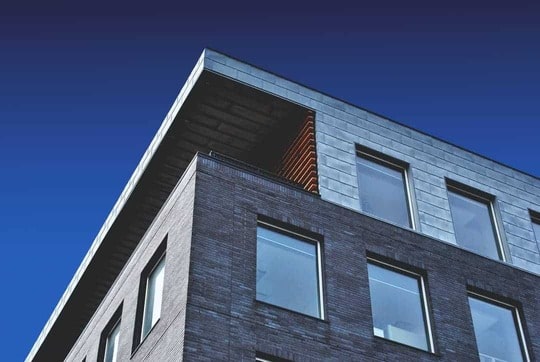A fit-out refers to the process of fitting out or outfitting the interior of a commercial or retail space to make it suitable for occupation and business operations. Whether you’re opening a new retail store, restaurant, office, or medical clinic, fit-outs are crucial to properly establishing your brand, improving functionality and workflow, and attracting customers or clients.
The fit-out process encompasses everything from initial space planning and layouts to choosing lighting, materials, furnishings and finishes that align with your brand identity.
The goal is to create an interior environment tailored to your business needs and goals. Well-executed fit-outs don’t just look aesthetically pleasing – they allow employees to work efficiently and provide customers or patients with a memorable, enjoyable experience.
As a business owner or manager, understanding fit-out costs and processes is essential when leasing and renovating a retail or commercial site.
Here’s what you need to know.
Types of Fit-Outs
There are several main types of commercial and retail fit-outs, each suited to different business types and objectives:
Retail Shop Fit-Outs
Retail shop fit-outs involve fitting out spaces like stores, salons, showrooms, boutiques and other retail establishments. This includes building circulation areas, dressing rooms, service counters, point-of-sale stations, shelving, racking and visual merchandising displays. The goal is to promote products in an engaging retail environment aligned with the brand. Shop fit-outs require a strong understanding of retail design principles.
Office Fit-Outs
Office fit-outs focus on optimising workstation layouts, meeting rooms, kitchens, bathrooms and other functional business spaces.
Ergonomics, collaboration, productivity, technology integration and branding are all important considerations. Office fit-outs range from small commercial suites to expansive corporate interiors.
Hospitality Fit-Outs
Hospitality fit-outs are specialised for venues like restaurants, cafes, bars and public lounges. They centre around food preparation zones, bars, customer seating, acoustics and atmosphere. Hospitality fit-outs merge functionality with an inviting guest experience.
Medical Clinic Fit-Outs
Medical clinic fit-outs have specific technical, hygiene and healthcare requirements. They incorporate patient treatment rooms, consult areas, sterilisation facilities, pharmaceutical storage and specialised medical equipment. Privacy, clinical workflows and safety are also addressed.
Note: The type of fit out dictates the specific design, architectural and construction needs. Within each category, there is also flexibility to tailor the fit-out to the business niche, brand identity and objectives through creative design elements.
Stages of the Fit-Out Construction Process
Executing a successful commercial or retail fit-out requires careful planning and phasing to transform a basic space into a high-functioning business environment. In most cases, it’s not just the interior architect involved in the process. Usually, the tenant and fit-out contractor, building engineer and local code reviewers get involved as well
While specific requirements vary between fit-out types and scopes, most follow a similar fitting-out process:
Concept and Scoping of the Fit Out Project (Commercial)
The initial stage involves determining business needs, goals, branding and functionality requirements to inform the fit-out. Key activities include:
- Site assessments and measurements
- Space planning and layout concepts
- Preliminary budget estimates
- Defining business workflows
- Brand, culture and aesthetic considerations
- Review of building codes and legal requirements
Clearly defining objectives and deliverables guides strategic design decisions in later stages.
Interior Space Design Phase
With a defined brief, the design process commences for architectural plans and interior specifications like:
- Floorplans and space zoning
- Lighting schemes
- Power, data and AV infrastructure
- Joinery and cabinetry
- Finishes and materials selection
- Signage and graphic elements
Council Approvals
Local government approvals ensure fit-out plans meet building codes and safety standards. Timelines vary significantly between councils.
Construction and Installation Phase
The project shifts on-site for demolition, building work, fittings and decorating until operational handover. Site management and commissioning of services also occur.
Fit Out Contractor Handover and Completion
The last stage has final inspections, branding installations, merchandising, staff training and preparation to open doors.
Fit-Out Cost Considerations
Fit-out projects require significant financial investment to transform empty spaces into functional business environments. Identifying the cost implications early is essential for accurate budgeting.
Factors that influence overall fit-out costs include:
- Size – Total floor area dictates materials and labour required. Costs are typically measured in total value or rate per square metre.
- Design Complexity – Simple fit-outs are cheaper than intricate designs requiring high-end finishes, custom joinery, AV systems, etc.
- Materials – Premium materials, such as stone, glass and metals, increase costs over standard finishes. Sustainable materials also attract price premiums.
- Builder – Labour expenses can fluctuate between builders. Industry experience also impacts efficiency and project timelines.
- Location – Construction costs vary regionally with labour rates, material supply and permitting fees.
- Managing Costs – Changes mid-project increase expenses substantially. Strict change management ensures controlled budgets.
Exact fit-out costs are project-specific, so you’ll need to engage a cost-estimator to understand the specific cost considerations for your project. For context, depending on specifications, a 200 sqm retail fitout could cost $500,000 to $1 million+.
Estimating Fit-Out Costs
Since fit-out projects are complex with many variables, developing accurate cost estimates early is crucial for effective budgeting and financial planning. Two common options for preliminary estimates include:
Online Fit-Out Calculators
Various online construction calculators allow you to input basic details about floor area, site conditions, broad specifications and requirements to generate ballpark figures. These provide a helpful starting point.
Professional Estimation
For greater accuracy, an experienced construction estimation and fit-out company can provide custom cost estimates specific to your business’s unique specifications once they conduct a site inspection and analyse the plans. More precise estimates require details like:
- Architectural drawings showing layouts and zones
- Interior finishes schedule with materials nominated
- Schedule of fixed and loose furniture
- Operational equipment needed
- Electrical, hydraulic and mechanical services
When obtaining quotes from fit-out partners, key questions to ask include typical project timeframes, inclusions and exclusions, warranties and capabilities for managing changes.
Getting multiple detailed estimates allows close comparisons to inform provider selection. While online tools offer convenience for initial budgeting, precise analysis requires human expertise.
Remember: Costs depend significantly on material performance specs and labour-intensive detailing.
Key Takeaways
- Fit-outs involve tailoring and outfitting spaces for business operations through architectural, construction and interior design services.
- The main types cover retail shop fit-outs, office fit-outs, hospitality venues and medical clinics.
- Typical stages include concept scoping, design development, approvals, construction and completion.
- Costs fluctuate based on size, design complexity, materials, builders and locations.
- Preliminary cost estimates establish budgets. Precise quotes need detailed specifications.
For further advice on estimating construction projects, contact the cost estimation experts at Duo Tax.
FAQs
What Is an Example of a Fit Out?
A common example of a fit-out is a retail shop fit-out which outfits the interior space suitable for a store to create an engaging customer experience. This may involve installing features like shelving, change rooms, counters, point-of-sale systems, flooring, an adequate lighting system, signage, displays and decor that bring a brand to life.
For example, a designer fashion boutique would have different fit-out requirements than a supermarket or pharmacy to cater to target demographics. But in all cases, the shop fit-out tailors the physical premises to operational and aesthetic needs.
What Is Fit-Off in Construction?
Fit-off refers to a construction project’s final installation stage of interior fixtures and finishes. After the structural building works are completed, the fit-off process sees tradespeople install cabinets, lighting, tiling, appliances, paintwork, trims and other decorative elements per the design specifications.
Fit-off requires coordination between electricians, tilers, painters and concreters to hand over a finished space. Delays in fit-off can lead to lengthy project overruns, so adequate scheduling is crucial.
Can a Commercial Tenant Claim Depreciation on Fit Out?
Yes, the Australian Taxation Office (ATO) enables commercial tenants to claim depreciation deductions on certain capital expenses related to fitouts of leased retail, office or other business premises. Eligible depreciating assets include light fittings, carpets, blinds, vinyl flooring and air conditioning installed by a tenant.
However, assets attached to a building (that the commercial space landlord added), like boilers, lifts or security systems, remain owned by landlords and do not qualify. Understanding depreciation eligibility ensures tenants maximise available deductions and tax offsets through the lifecycle of a fit-out.

Ready to get started?
Talk to one of our friendly property experts to get a free quote or more Information.







